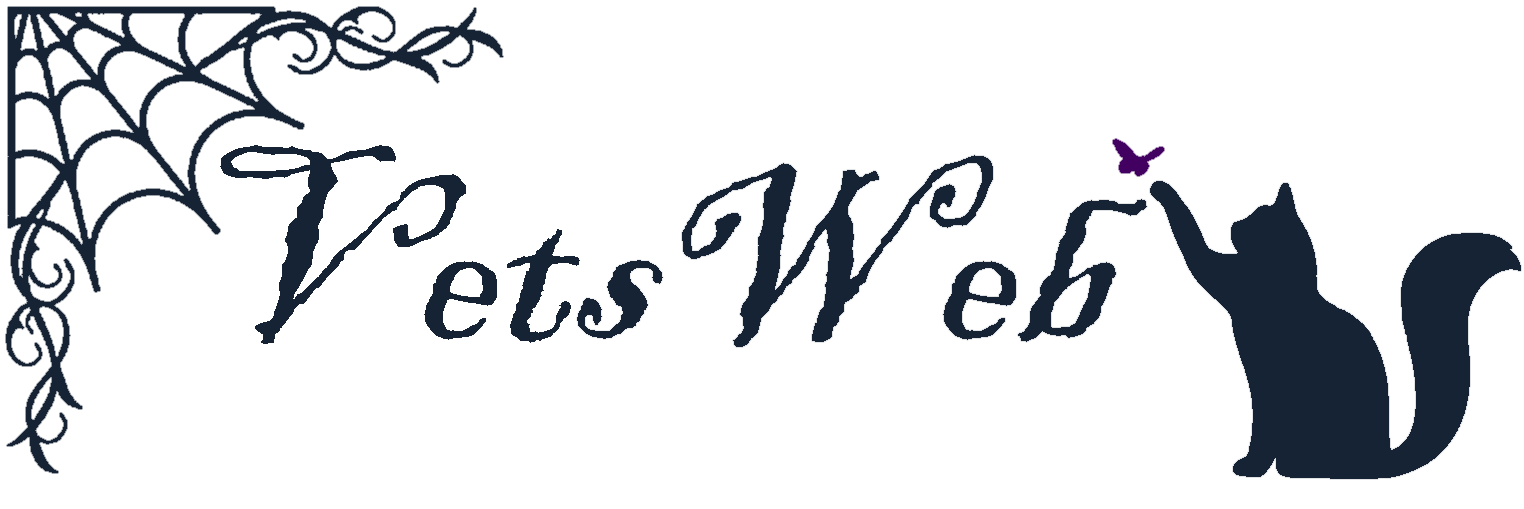Parvovirus (AKA "Cat Flu") is one of the number one killers of young puppies
Puppies and dogs that have not been vaccinated frequently enough to prevent the disease are at risk
Signs:
Loss of appetite, followed by vomition, dehydration and severe, stinking, often bloody diarrhoea
What the illness does:
Parvo is caused by a virus.
It damages the intestinal lining and reduces the body's ability to fight off infections by reducing white cells.
The gut damage causes severe dehydration due to vomition and diarrhoea which further reduces the body's defences
Bacteria enters the blood via the damaged gut
Death may be caused by severe dehydration and subsequent organ failure, electrolyte imbalances caused by loss of electrolyte-rich fluids and deficient intake, bacteria and bacterial toxins entering the blood stream and organs or the gut can even crawl into itself due to aberrant gut contractions caused by the damage the virus causes to its lining.
Prevention:
Make sure your puppy receives its vaccinations on time
Treatment:
Contact your veterinarian as soon as possible if you suspect that your puppy may have parvo. Even with full treatment including intravenous fluid, antibiotics etc. the survival rate of parvo puppies is only about 70%; very few indeed survive if only home remedies are attempted.
What about the other dogs?
If your pup has been diagnosed with parvo virus, all in-contact puppies and dogs that do not have up-to-date vaccines are at risk. Dogs under 9 months are at greater risk than older dogs and most dogs older than 2 years have only a slight risk of contracting the disease unless they have not been vaccinated and live in isolation from sources of exposure. Remember that a dog is not instantly immune after vaccination - it takes a while for the dogs body to respond to the vaccine so vaccinating your at-risk dogs after one that is in contact with them became ill may not necessarily prevent them from catching the disease.
The virus stays active on contaminated surfaces and in soil, grass etc. for about 7 years. Hard surfaces can be disinfected but porous surfaces or areas rich in organic matter which inactivates disinfectants pose a threat. It is not advisable to get a young puppy if you know that the area it will be kept is contaminated with the virus. Rather get a pup which had already received all its "baby vaccinations".
The virus is contracted when a puppy with low immunity to parvo comes intact with and ingests matter contaminated with the virus. An example would be when you receive visitors who have a sick puppy at home. They stepped in their pup's mess at home and now your puppy licks their boots when they come to visit. 5-8 days later, your pup becomes ill.
All body fluids of an affected dog is laden with virus particles and it keeps shedding virus in its stool for up to 3 weeks after recovery.
Interesting facts:
Puppies receive immunity against parvo virus via the placenta (afterbirth) from its dam if she has sufficient immunity against the virus while pregnant. This immunity starts decreasing as soon as the pup is born and reaches levels too low to protect it when the pup is somewhere between 6 and 8 weeks of age. That is why the first vaccine should be administered at 6 weeks of age.
When a puppy of a vaccinated dam is vaccinated earlier that 6 weeks, the immunity it received from its mom interferes with the vaccine and the vaccine subsequently elicits no immune response from the pup.
When a pup is born to an unvaccinated dam, it starts life with no immunity to the disease. In cases where it is known that the pup will have no immunity form its mom, it is advisable to start vaccinating as early as 4 weeks.
Although it is also called "Cat Flu", cats have no part in carrying or catching the disease except if they should step in a sick pup's mess and have a healthy one lick their paws afterward. The virus is related to the Feline Panleukopaenia virus which also causes a decrease in white cells and thus immunity in cats, but it mutated years ago, split off from the cat virus, managed to infect dogs and became so different from the original cat virus that it cannot infect cats any more. The only thing remaining from the time it was a virus, is its common name.
Another DID YOU KNOW:
Cost of treatment of a parvo puppy is generally about 10-15 times what a vaccination costs and at only a 70% survival rate and extremely high risk of an unvaccinated puppy getting parvo, the math just does not add up to try and save money by not vaccinating!
